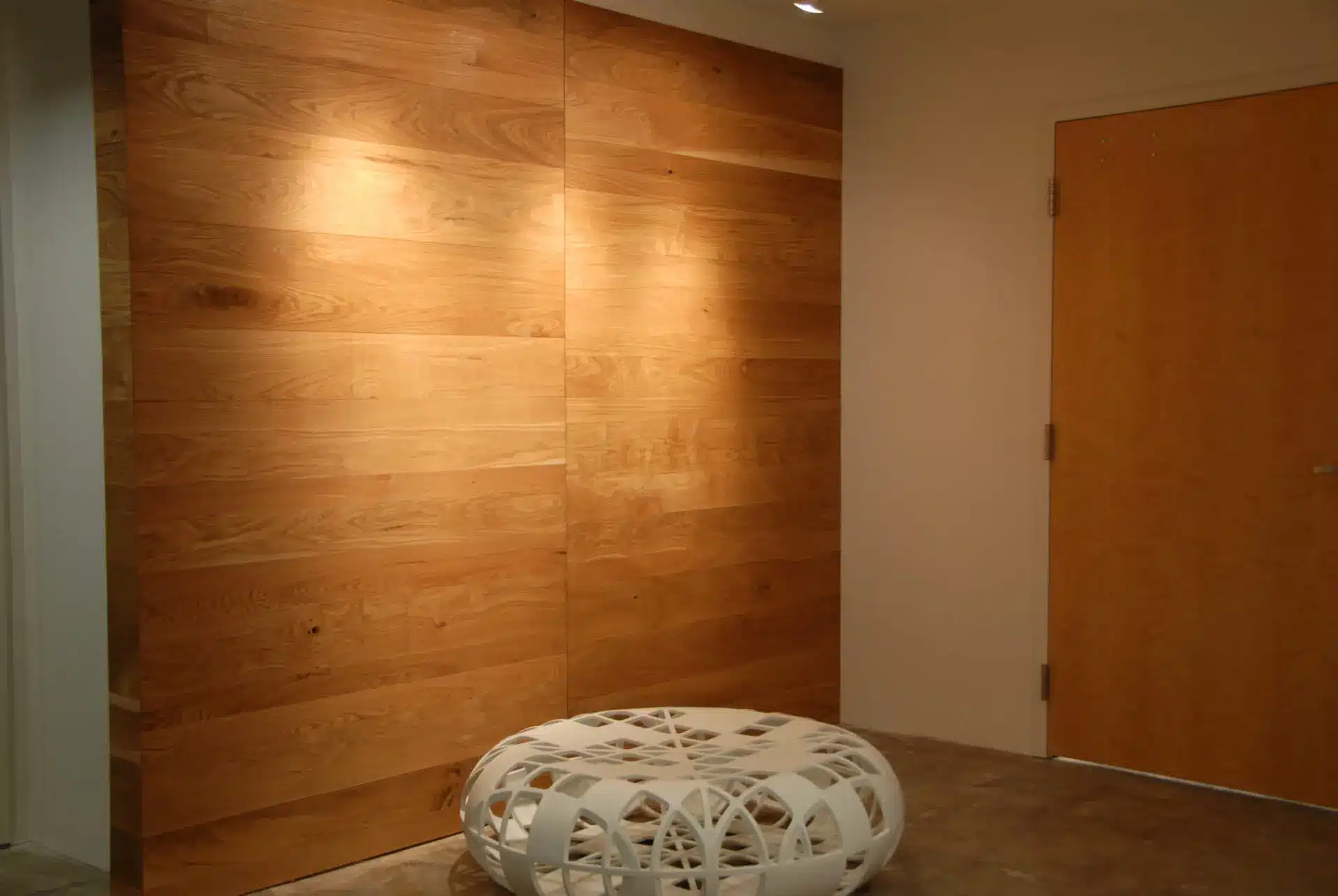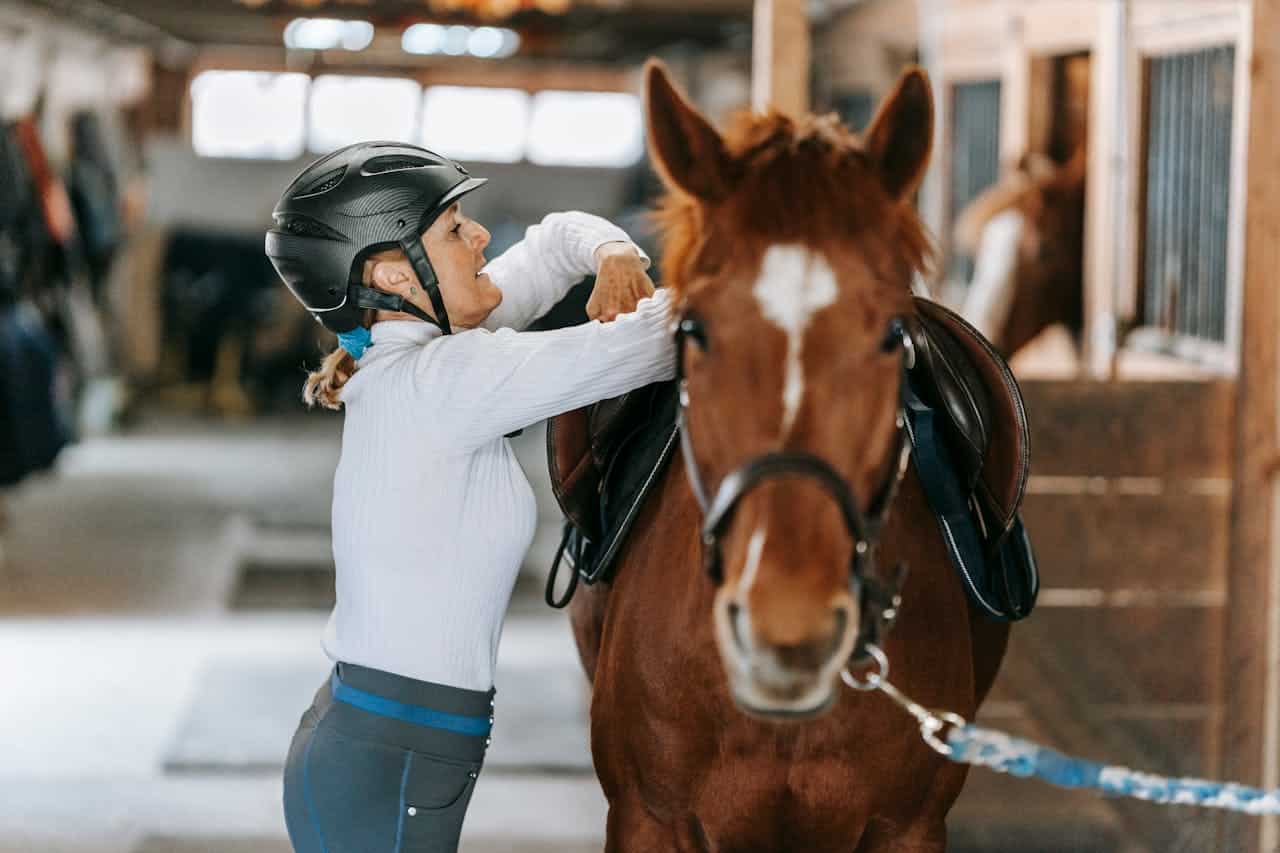With this constant stress in urban cities, most people are looking for that escape by migrating to the countryside and living in a cozy barn house. There isn’t anything like those crisp mornings without the sound of cars, endless skies, unpolluted air, and maybe a horse or chickens running around.
But designing a home that embraces rustic life can be hard, especially if you spent most of your life living in an apartment in the city. It’s not about throwing up a generic box with faux-rustic veneer, and it is more about creating a space that has the same frequency as you.
So, country living design is not hard. In fact, it is quite an easier transition from modern interior design. Plus, most of the things that have that old and rustic appearance are usually cheaper than modern stuff.
Grounded Beginnings
Obviously, we start at the base of your new home. Country land isn’t tame, and depending on the place, there are slopes and hollows begging for a rock-solid foundation. Now, if you want the best country-living experience, skip the slab and go for a raised base.
You need to get your house lifted on sturdy piers or a crawl space that lets the air underneath your house circulate. This will be very beneficial when it comes to mold, moisture, and other stuff you don’t want there.
It is best to use stone for the footing – rough-hewn chunks stacked like an old stable’s wall or go for a weathered timber that’s stood through decades of rain and wind. Remember, this is not only practical, but it is also a promise to settle in, letting your house be connected with the soil with a solid foundation that will stay there for decades.
Walls With a Past

Here is where things get interesting. What is the best way to give your house that rustic flavor? Well, how about texturing uneven walls? Yes, forget about perfection – you are living in the countryside.
The walls should also carry the weight of time, which means that you need to choose a sturdy wood. It is also a good idea to keep them raw, no polished sheen, just that honest texture of oak or pine. Now, when it comes to your wall design, it depends on your location, but most countryside houses go for that wood-stone combo in an uneven pattern that looks similar to a farmer’s house from a century ago.
Inside, insulate thick to fend off the chill, but let the surfaces stay rugged: no smooth plaster, just the interplay of timber and rock, a stable’s echo in every line. These walls don’t just stand—they speak, wrapping you in the rustic life’s quiet strength.
Flowing Spaces
Country living demands elbow room, so ditch the cramped partitions for a wide-open heart. Merge the kitchen and living area into one sweeping stretch, with ceilings soaring high beams crisscrossing overhead like a barn’s rafters, lifting your gaze to the sky. Leave them exposed, rough-cut and unvarnished, a framework that feels alive.
Add a nook by the door, broad and low, for shedding muddy boots and hanging a worn coat—a buffer between the wild outside and the calm within.
Flood it with light—big, tall windows framing the fields, glass thick enough to hold the heat but clear enough to watch a foal’s first steps. It’s a layout that stretches out, slow and easy, built for lingering over coffee, not rushing through.
Let’s Get Warm
At the core, plant a fireplace—stone or brick, piled high and wide, with a deep ledge for resting a kettle or drying gloves. Make it wood-fed, the kind that crackles and spits, filling the air with the scent of burning logs—a throwback to nights warming a stable’s chill.
Let it anchor the space, drawing eyes and feet toward its glow, a rugged throne for stories and silences. Nearby, carve out a kitchen that works hard—thick wooden counters, scarred from chopping, and a heavy stove that could roast a feast for a harvest crew. It’s not fancy; it’s fierce, a beating heart that ties the home to the land’s raw pulse, inviting you to sit, stay, belong.
Touches That Tie It Together
Tie the design to the outdoors with pieces that serve and soothe. Wrap the house in a porch—deep and broad, screened to keep the bugs at bay—perfect for a chair that rocks with the wind’s rhythm, facing a pasture’s edge.
Catch rain off the eaves in barrels, ready to water a patch of herbs or a horse’s trough when summer bakes the ground dry. Since you are living in the countryside without plenty of things to do, maybe you should also consider building a stable.
Maybe you are a horse racing fan currently browsing through the Kentucky Derby winning times, so including a stable and a cheaper horse (without any racing pedigree) can be the perfect hobby for you.
Tilt the roof for sun panels, slanted just right to grab the day’s rays, powering lights without leaning on the grid. Inside, let the floors be wide planks—dark, scuffed, like a barn’s worn path—grounding every step in the earth outside. It’s a home that lives with the seasons, practical and proud, stitched to the country’s fabric.
Now, for the interior decorations, you can go wild (paintings, horse statues, etc.). Just remember, the countryside is all about natural colors and textures. Plus, make sure you use more natural materials, which will make it even more cozy and charming.

